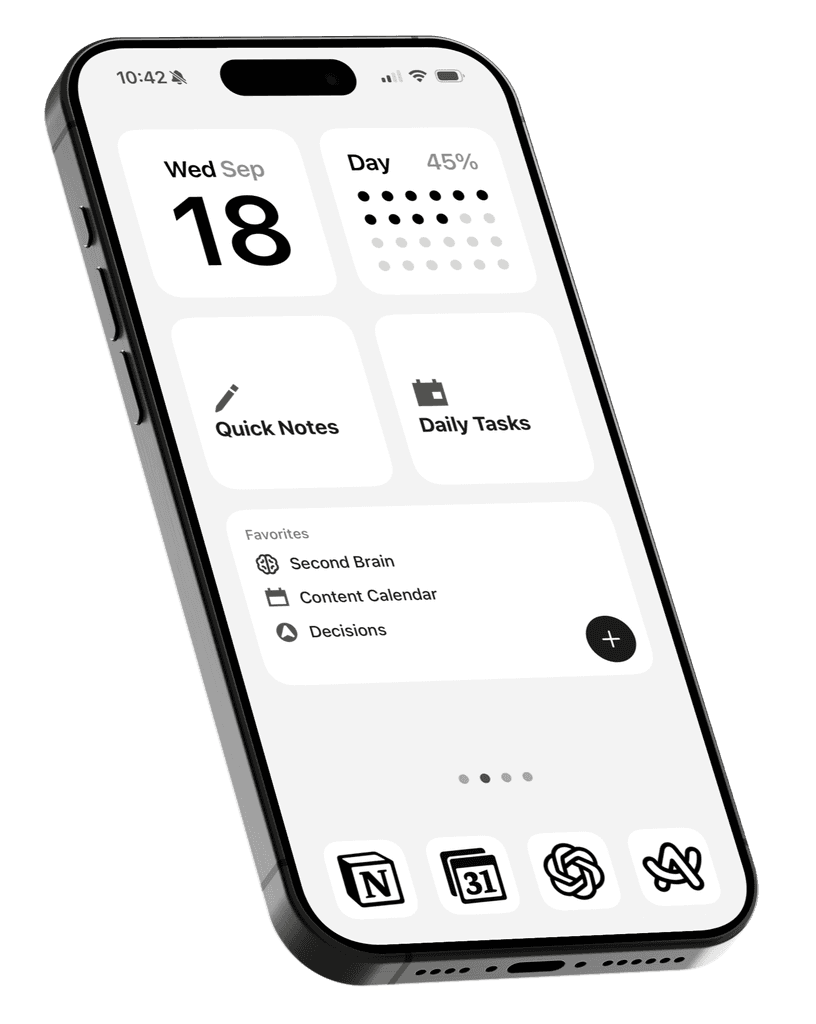On downloading Notion Mail, users of Notion Calendar and Notion will immediately recognise the familiar, clean aesthetic that runs through the Notion lineup.
Even more, the customisability that Notion is known for is also reflected in Notion Mail.
But with a few current limitations, is it still too early to make the switch?
Let’s start with some cons to be aware of.
First, Notion Mail currently only integrates with Google and Gmail accounts. Second, there’s no unified inbox to view emails from all your accounts in one place.
While it’s likely just a matter of time before these features are added, it could be a dealbreaker for some especially depending on your email setup and workflow.
Personally, the drawback for me is the lack of a mobile app. I value a consistent experience across devices, especially when it comes to managing email. That’s one of the reasons I’ve stuck with Superhuman for now.
The feature that did catch my attention isn’t the AI tools like auto-labelling or drafting since those aren’t exactly new. It’s the ability to create custom views to segment and process emails based on different contexts.
This mirrors the power of Notion itself where you can design custom layouts and filtered views for tasks, projects, content calendars, and more. That same flexibility might be what convinces me to switch to Notion Mail in the future.
Another plus is how Notion Mail integrates with Notion Calendar, and we could possibly see more integrated and automated experiences with Notion, which would help create a more seamless, all-in-one workspace.
Note: This article contains affiliate links at no extra cost to you. They help support us and keep this blog ad-free.






